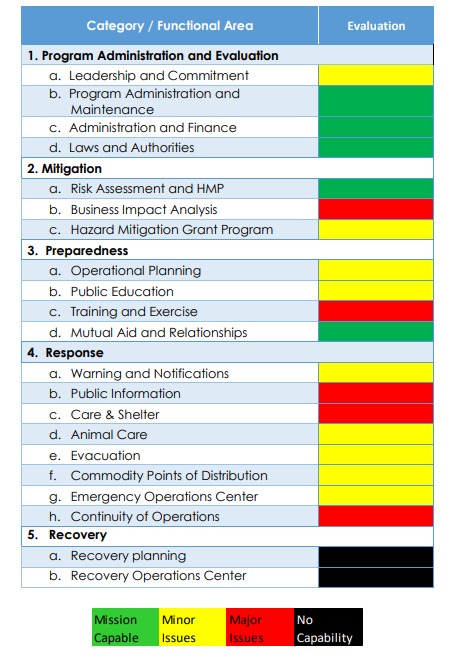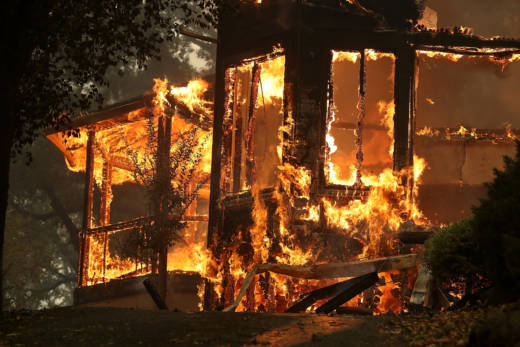Sonoma County’s emergency response during the October 2017 wildfires was understaffed, its workers undertrained, and its emergency alerts did not live up to “public expectations,” according to a report from the county that is set to be discussed by the Board of Supervisors Monday.
The long-awaited 85-page report broke the county’s investigation into three components: Community Alert & Warning Program Assessment, Emergency Management Program Assessment and Emergency Operations Center (EOC) After-Action Report.
Community Alert & Warning Program Assessment
The report found that Sonoma County’s public warning system is on par with most counties throughout the state, but “public expectations” exceeded that standard.
Those expectations include more-timely emergency alerts with more information about residents’ specific situations and receiving emergency alerts without signing up for them. Sonoma County used opt-in systems to send alerts to residents during the October wildfires, as well as sending sheriff’s deputies to homes in evacuation zones.
Recommendations in the report to address these concerns include:
- Design an emergency alert system that can reach everyone, including areas with no cellphone service.
- Standardize who has the authority to issue emergency alerts, as well as the triggers and threshold for activating those alerts.
- Create a webpage with more information to which people receiving emergency alerts can be directed.
- Implement a training program for workers who would have to use the alert system, including public safety leadership and emergency communications personnel.
- Create two new full-time positions dedicated to managing and coordinating the system.
- Design a system to more quickly identify the location and scope of a disaster.
Emergency Management Program Assessment
Sonoma County’s Emergency Management Program is slightly subpar compared to other California counties in terms of staffing, funding and operational capability, according to the report. The program’s staff reported issues in most of the categories analyzed.

The report found that the county was not adequately prepared to recover after a disaster like the October wildfires, but found few issues with the administration of the county’s Emergency Management Program.

